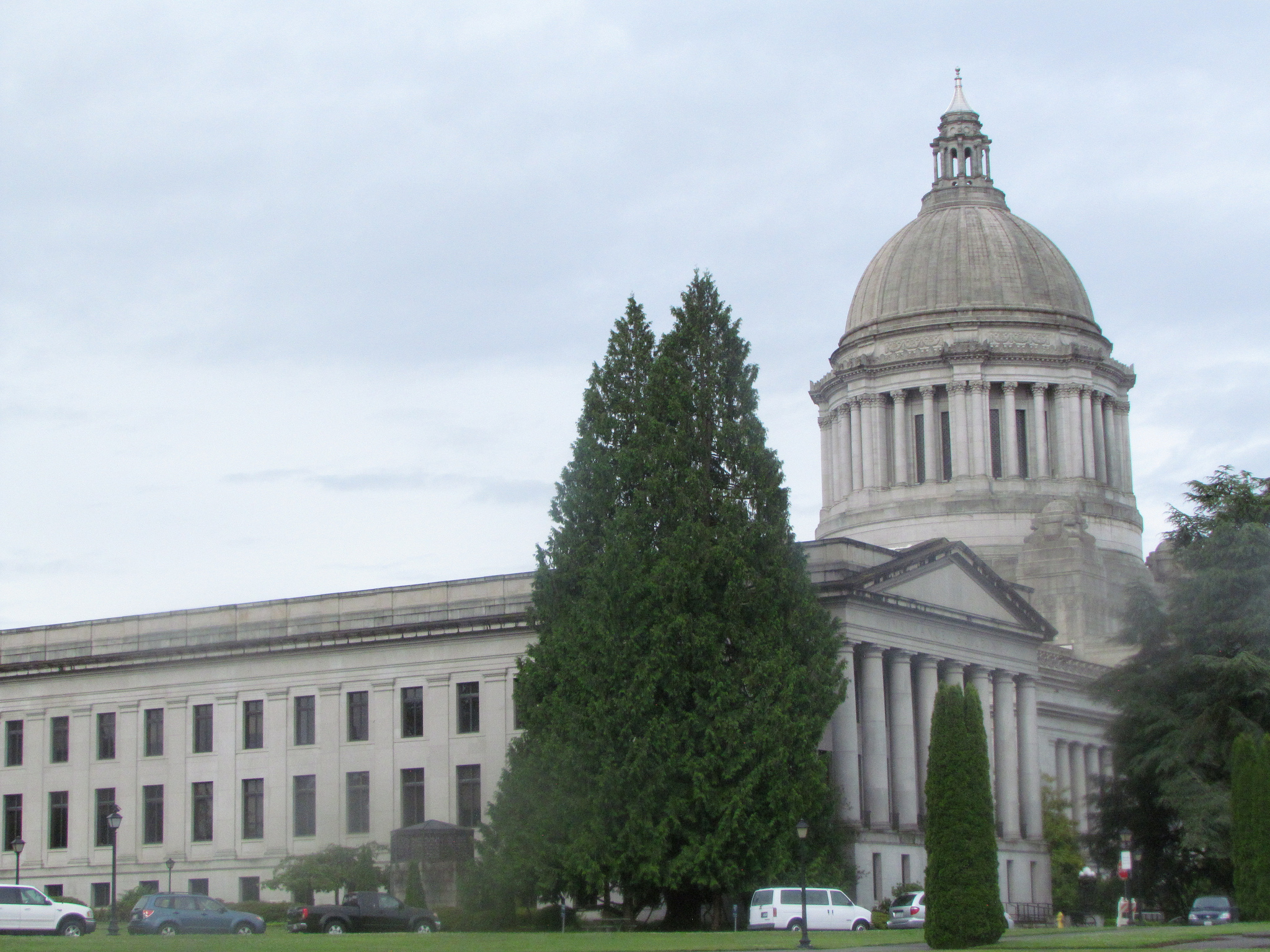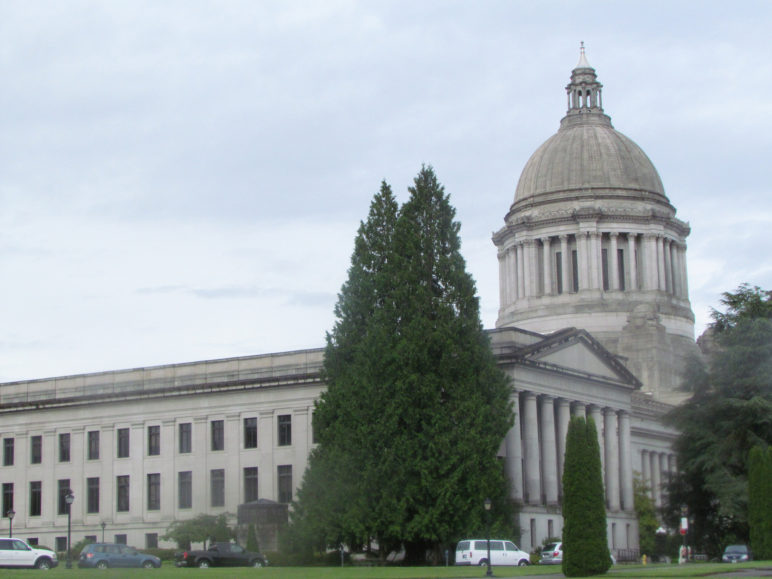In addition to streamlining the legislative process, this move to a unicameral legislature could also facilitate Washington’s adoption of proportional representation.
As the introduction to this series noted, Washington’s constitution is notoriously difficult to amend. Which is why my previous two articles present two options for implementing proportional representation in Washington without a constitutional amendment. But if there were a way to add democracy reform to the list of 83 amendments that have made it through the Washington constitutional amendment approval gauntlet, imagine what the Evergreen state could do! It could create a more efficient, more effective legislature that would be the envy of other states. Perhaps a legislature elected using one of the options I described in my previous articles would recognize the benefits of proportional representation and seek to further implement its principles, by amending the constitution.
Washington could combine its two legislative houses into one. The idea of having two houses came from Great Britain, where the two houses represent distinct interests. The people elect members of the House of Commons to represent the people (the commoners). Members of the House of Lords inherit their seats because they are, well, Lords, or elites who get appointed. In Washington, both houses represent the exact same voters’ interests. The two-house system slows down the legislative process, requiring bills to gain approval twice before heading to the governor’s desk. Why? Because they’ve always done it that way. A century ago, Nebraska decided that wasn’t a good enough reason and dispensed with duplicative legislative bodies in favor of a unicameral (single house). All Canadian provinces shed the dead weight of two legislative bodies decades ago and have been using a single elected legislature ever since.
In addition to streamlining the legislative process, this move to a unicameral legislature could also facilitate Washington’s adoption of proportional representation to defang the gerrymander and give more voters more voice. A single, proportionally representative legislature would be better able to find and implement solutions to the complex problems Washington faces.
What would a unicameral Washington state legislature look like?
Washington could draw 21 state legislative districts and elect seven representatives from each. The map below shows 21 equal-population districts made by roughly following existing city, county, and district lines (this is just an example; the redistricting commission could draw them differently).

Original Sightline Institute graphic, available under our free use policy.
Voters would see more choices on the ballot and be able to express an opinion about more than one, for example by ranking candidates on a ballot like the one shown in previous articles.
Alternatively, Washington voters might want to adopt a simpler ballot that still achieves proportional results, for example with a method like I described here. That voting method may provide an original, and useable path forward that could achieve proportional representation and meet voters’ concerns, though it still needs more work and some real-world experience.
Candidates would need to win about the same or slightly more votes than now
As explained in my first option, it wouldn’t necessarily be harder to run in super-districts. Even though they would be geographically larger, candidates would still need to reach approximately the same number of voters. As it is, rural districts are much larger geographically than urban districts (see the current district map here), but rural campaigns are no more difficult or expensive that urban ones.
Assuming the same voter turnout as now (around 70,000 Washingtonians cast votes in each of the 49 current districts), in 21 super-districts electing seven representatives, representatives could win with just over 20,000 votes—much fewer than they need now.

Original Sightline Institute graphic, available under our free use policy.
The legislature would be more diverse and more representative
With voters allowed to vote for or rank more than one candidate, and with a lower vote threshold to win a seat, candidates outside the two major parties would be able to compete. For example, in 2014 eight Libertarian candidates for state legislative positions each won around 10,000 votes. If voters could rank a major party candidates in addition to a minor party or give votes to each, then the single house overall would more fairly represent the voters in terms of their split between Democrats and Republicans, and would likely elect some Libertarians, People’s Party, and Green Party members and true independents.

Original Sightline Institute graphic, available under our free use policy.
A big change could yield big benefits
Streamlining the state’s sprawling two legislative bodies into a single, more efficient, more representative body would be a big change requiring a constitutional amendment. But it could yield huge benefits: voters would get to express an opinion on multiple candidates at once, more voters would be able to elect a representative they align with, more candidates outside the major parties would have a chance to run, putting competitive pressure on the major parties to better represent their voters, and the whole legislature would function more efficiently instead of nonsensically maintaining two bodies that represent the exact same voters.










